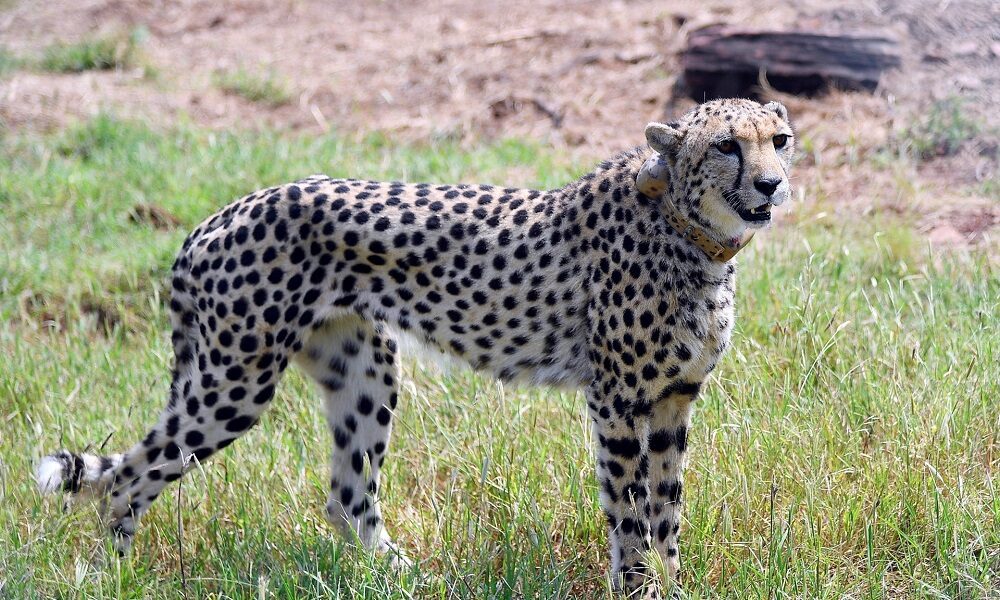Featured
Cheetahs make a comeback in India after 70 years

Eight big cats from Namibia made the long trek Saturday in a chartered cargo flight to the northern Indian city of Gwalior, as part of an ambitious and hotly contested plan to reintroduce cheetahs to the South Asian country, AP reported.
From Gwalior they were moved to their new home: a sprawling national park in the heart of India where scientists hope the world’s fastest land animal will roam again.
Indian Prime Minister Narendra Modi released the cats into their enclosure Saturday morning. The cats emerged from their cage, tentatively at first while continuously scanning their new surroundings, AP reported.
“When the cheetah will run again … grasslands will be restored, biodiversity will increase and eco-tourism will get a boost,” said Modi.
Cheetahs were once widespread in India and became extinct in 1952 from hunting and loss of habitat. They remain the first and only predator to die out since India’s independence in 1947.
India hopes importing African cheetahs will aid efforts to conserve the country’s threatened and largely neglected grasslands.
There are less than 7,000 adult cheetahs left in the wild globally, and they now inhabit less than 9% of their original range.
Shrinking habitat, due to the increasing human population and climate change, is a huge threat and India’s grasslands and forests could offer “appropriate” homes for the big cat, said Laurie Marker, of the Cheetah Conservation Fund, an advocacy and research group assisting in bringing the cats to India.
“To save cheetahs from extinction, we need to create permanent places for them on earth,” she said.
Cheetah populations in most countries are declining. An exception to this is South Africa, where the cats have run out of space.
Experts hope that Indian forests could offer these cats space to thrive. There are currently a dozen cheetahs in quarantine in South Africa, and they are expected to arrive at the Kuno National Park soon.
Earlier this month, four cheetahs captured at reserves in South Africa were flown to Mozambique, where the cheetah population has drastically declined.
Some experts are more cautious.
There could be “cascading and unintended consequences” when a new animal is brought to the mix, said Mayukh Chatterjee of the International Union for Conservation of Nature.
For example, a tiger population boom in India has led to more conflict with people sharing the same space. With cheetahs, there are questions about how their presence would affect other carnivores like striped hyenas, or even prey like birds.
